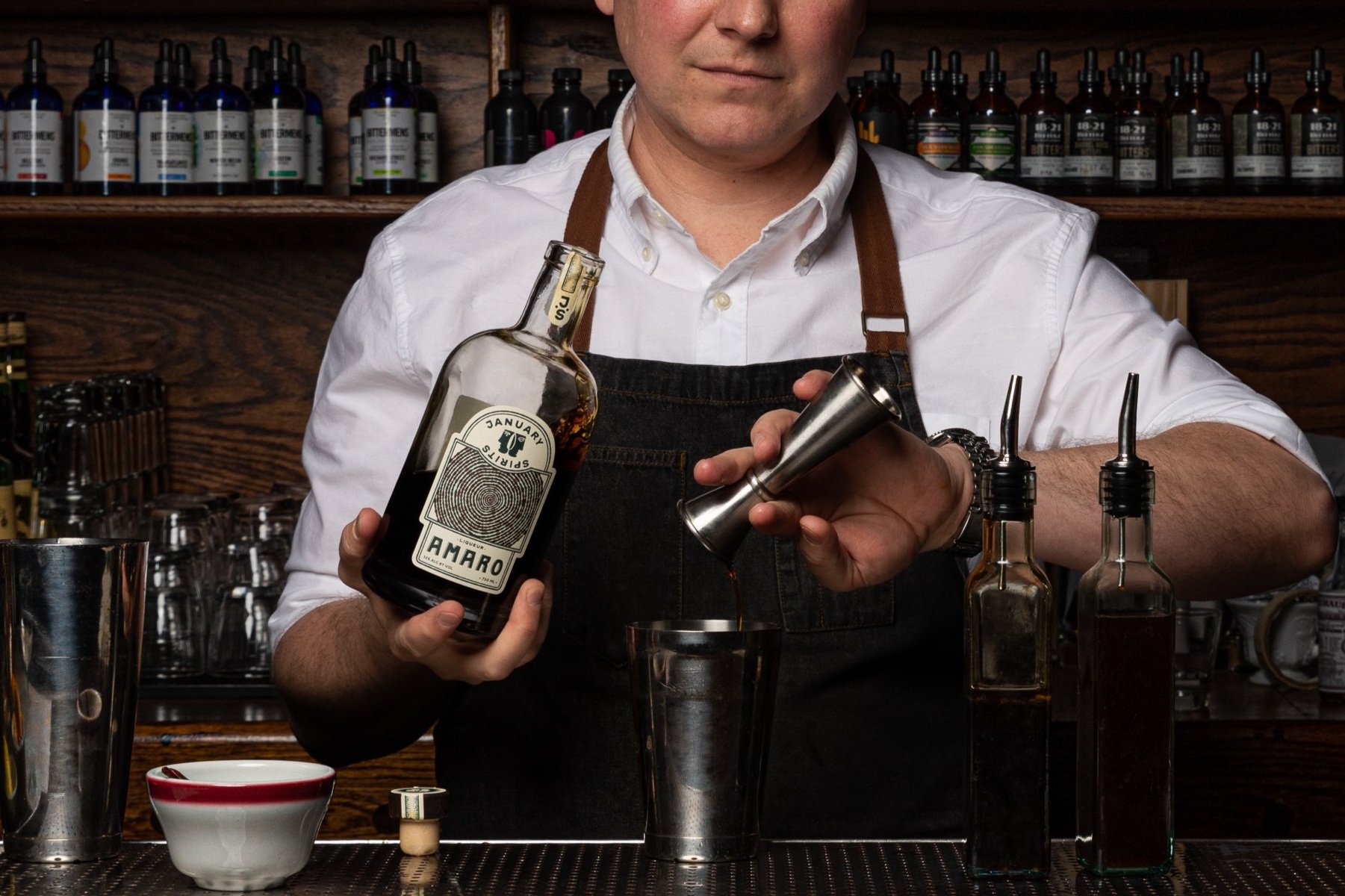
Appendix
-
You don’t want to buy them. Making them at home is easy and satisfying and most likely more flavorful and interesting than having bought a bottle. Sugar is relatively cheap, so experiment!
Syrups should live in your fridge when you’re not using them. They’ll last a surprisingly long time, but do check them once in a while especially if you’ve let them sit. Give the bottles a little shake. If they’re bubbly, they’ve fermented and are trash. If things are growing in the bottle, same answer.
-
9:1 (by weight)
water : coarsely ground coffee
Here you need a digital scale.
To make about 1 liter of concentrate:
111g coarsely ground coffee
1 liter (1000g) cold water
Add both ingredients to a container, give it a stir and leave in the fridge overnight.
Strain through a chinois or other fine mesh strainer, then pass that through a paper coffee filter to get the smaller particles out of the coffee concentrate. You’ll end up with a little shy of a liter due to absorption. It'll last a little bit better than a week refrigerated.
-
3:1 (by volume)
honey : warm water
Pour warm (or hot) water into your honey and stir until incorporated.
With honey syrup you’re really only looking to loosen the honey up. Too dilute and it will ferment pretty quickly and you’ll end up with mead. A 3 to 1 ratio makes a pretty stable syrup that adds a lot of flavor in a small measure, and doesn’t over-sweeten your drink.
-
50g grapefruit peels
25g lime peels
16g chinchona bark
5g dried marigold flowers
5g dried orange blossom flowers
840g water
85g citric acid
5g potassium citrate
3g sodium citrate
700g white sugar
Here you need a digital scale.
When you’re peeling citrus, you want to be careful to peel only the skin, and the least amount of white rind underneath. Some rind is inevitable, just keep in mind the flavorful oils are right in the skin, and bitterness lives in the rind.
You can find the dried goods pretty easily online, or if you have a good specialty grocery nearby you’ll probably be able to find the flowers and the bark. The acids and citrates are available online from chef supply websites and some speciatly grocers. Kalustyans is a great in-store and online resource for all of this sort of thing.
For the syrup:
Add peels and botanicals to 200F water and steep for 24 hours in the fridge.
Strain.
Add acid, citrates, and sugar and stir to incorporate. It’ll take some time but will dissolve with no added heat. You don’t want to heat delicately flavored syrups. Heat tends to stomp on it. Can be expedited by adding liquid and powders to a vitamix.
-
2:1 (by volume)
demerara sugar : water
Demerara sugar is a little tougher than white sugar, so will need to be heated, especially since you’re using double the amount of sugar to water. Stir near constantly. Watch the pot! Once this hits the boiling point it’ll foam up really quickly and if you don’t remove it from the heat it’ll boil over. And that’s a mess you don’t want to clean up.
Also, a word on hot sugar: it’s hot. And sticky. There are few things quite as painful as boiling syrup stuck to your skin.
-
1:1 (by volume)
white sugar : warm water
You can heat this on the stove to melt the sugar, but don’t boil it. The sugar will also just melt into warm water with some stirring.
